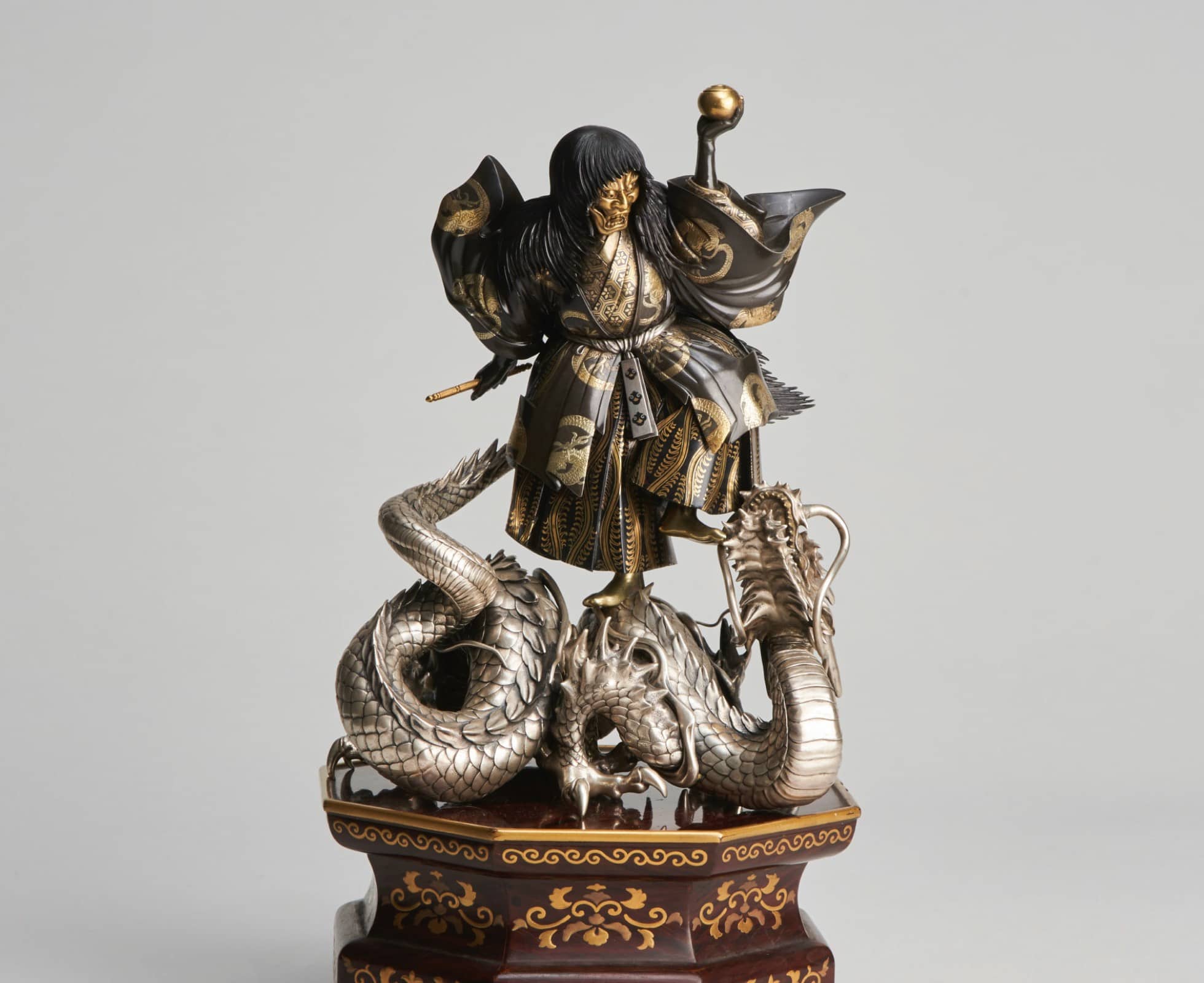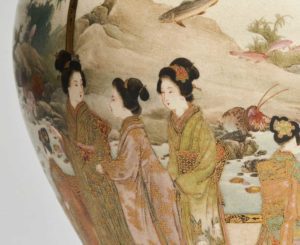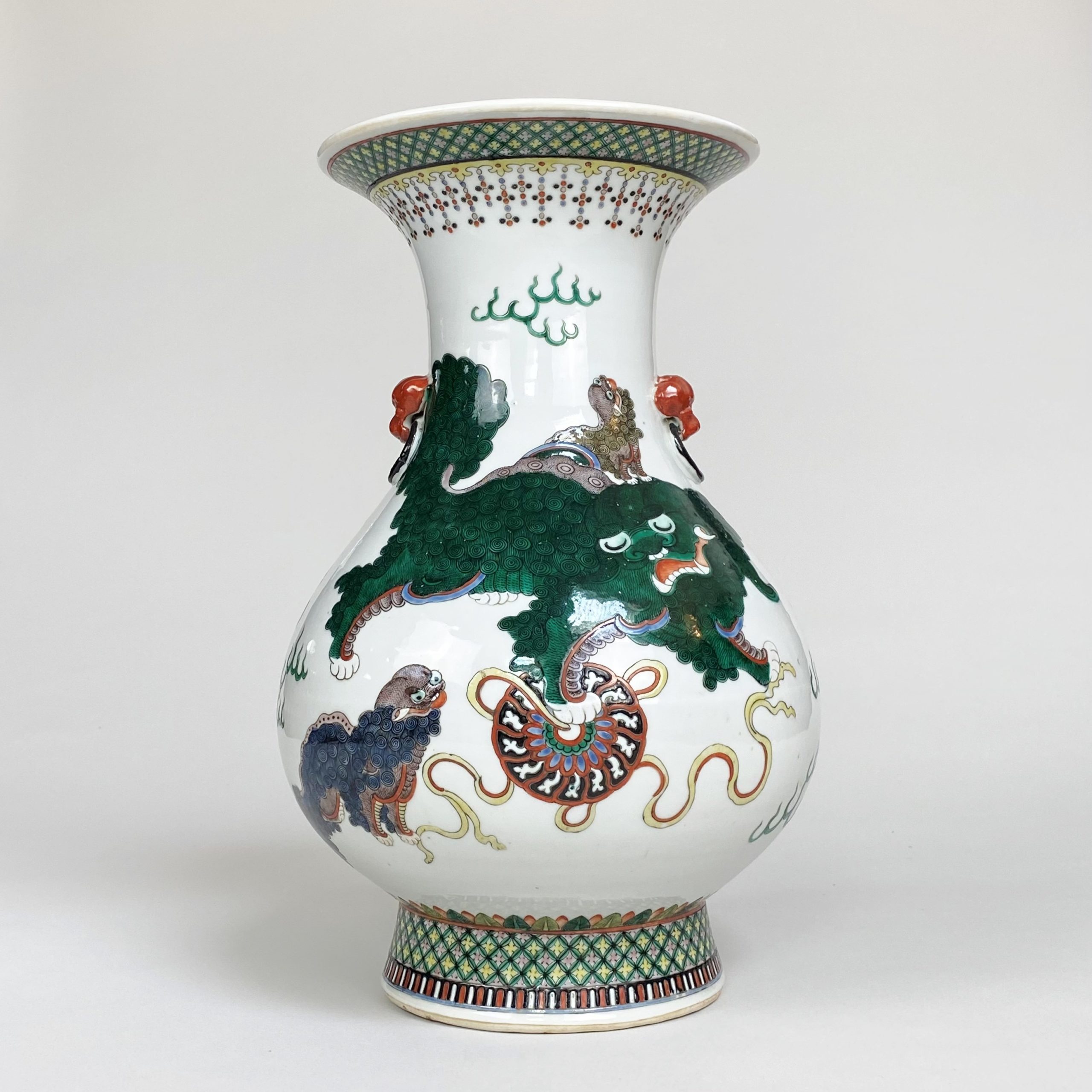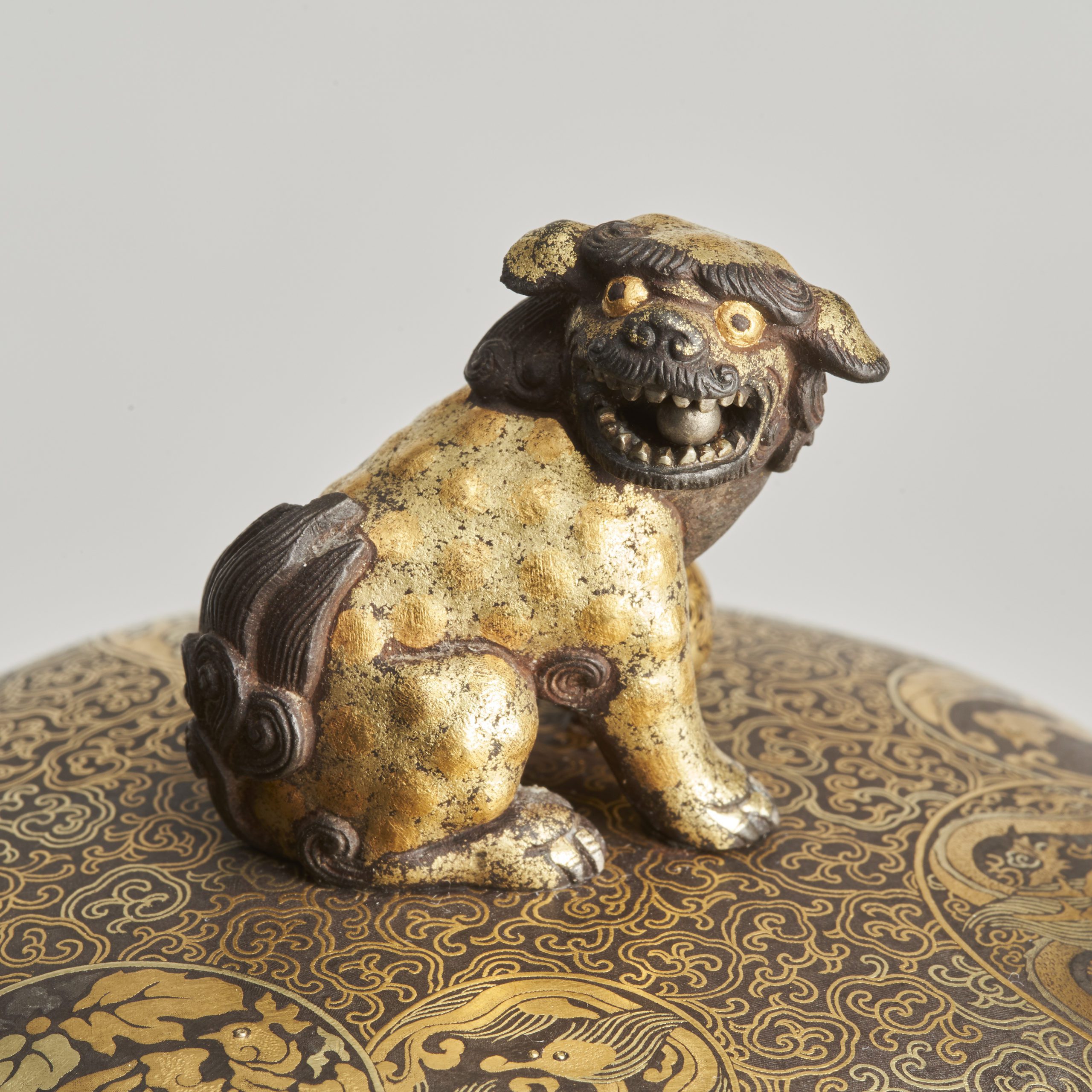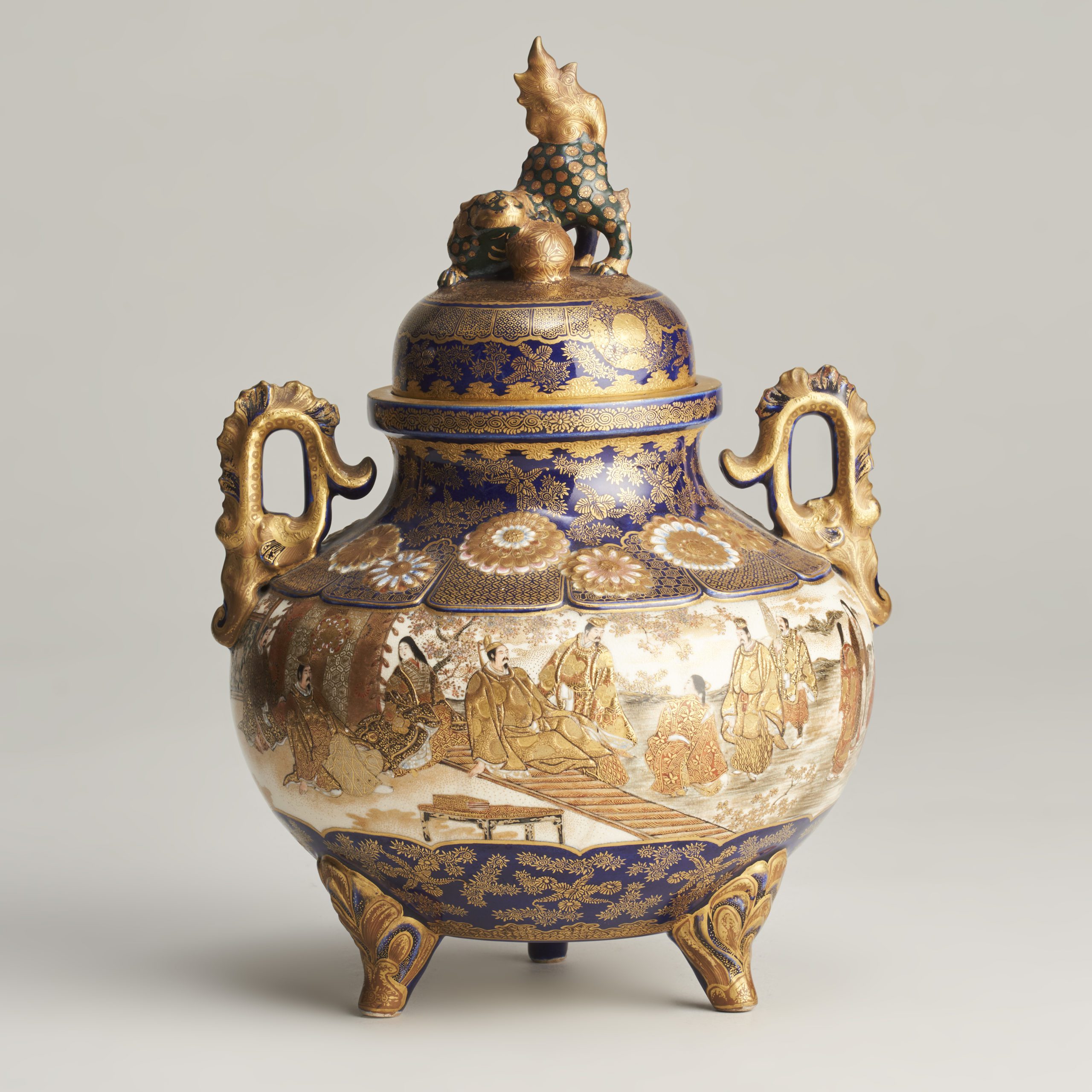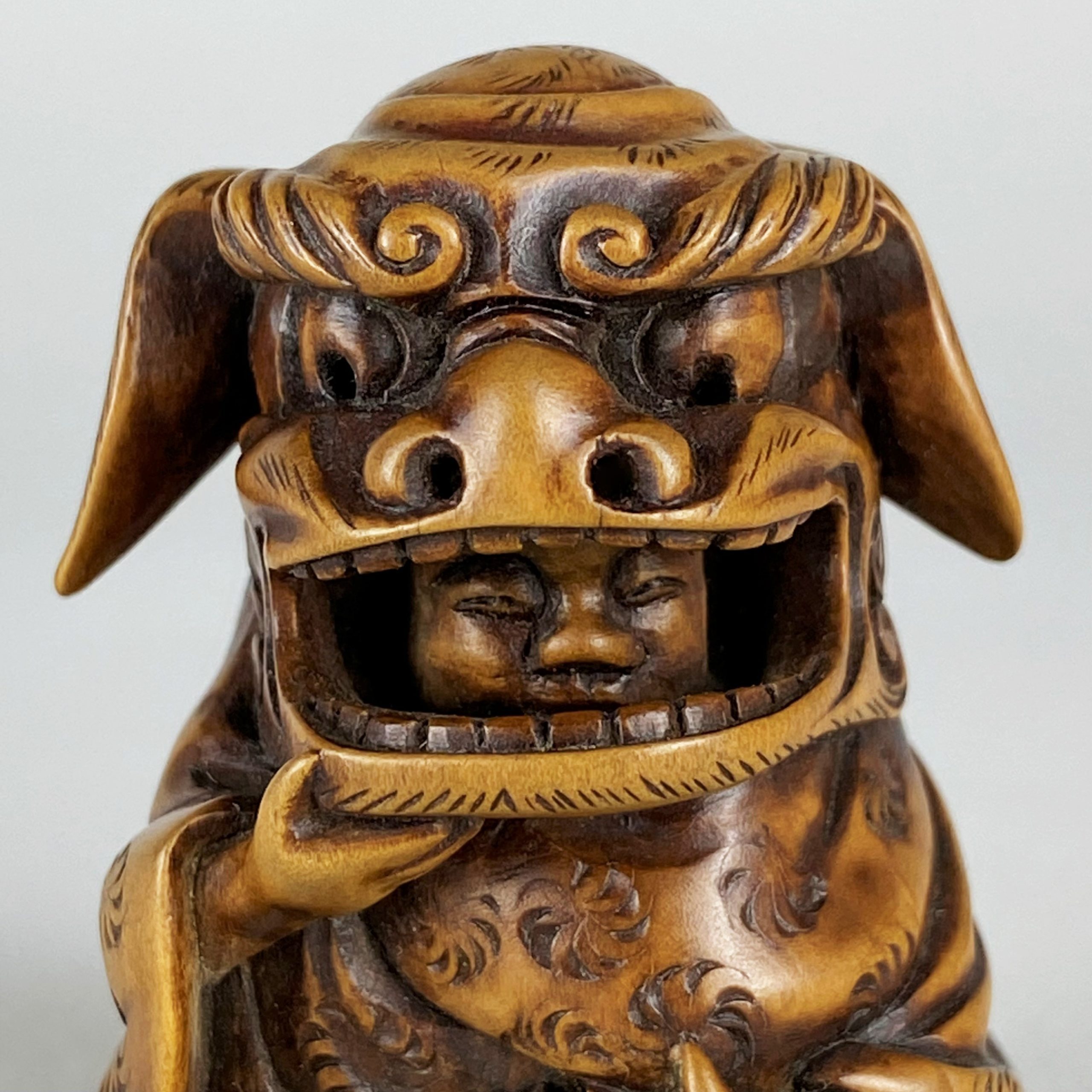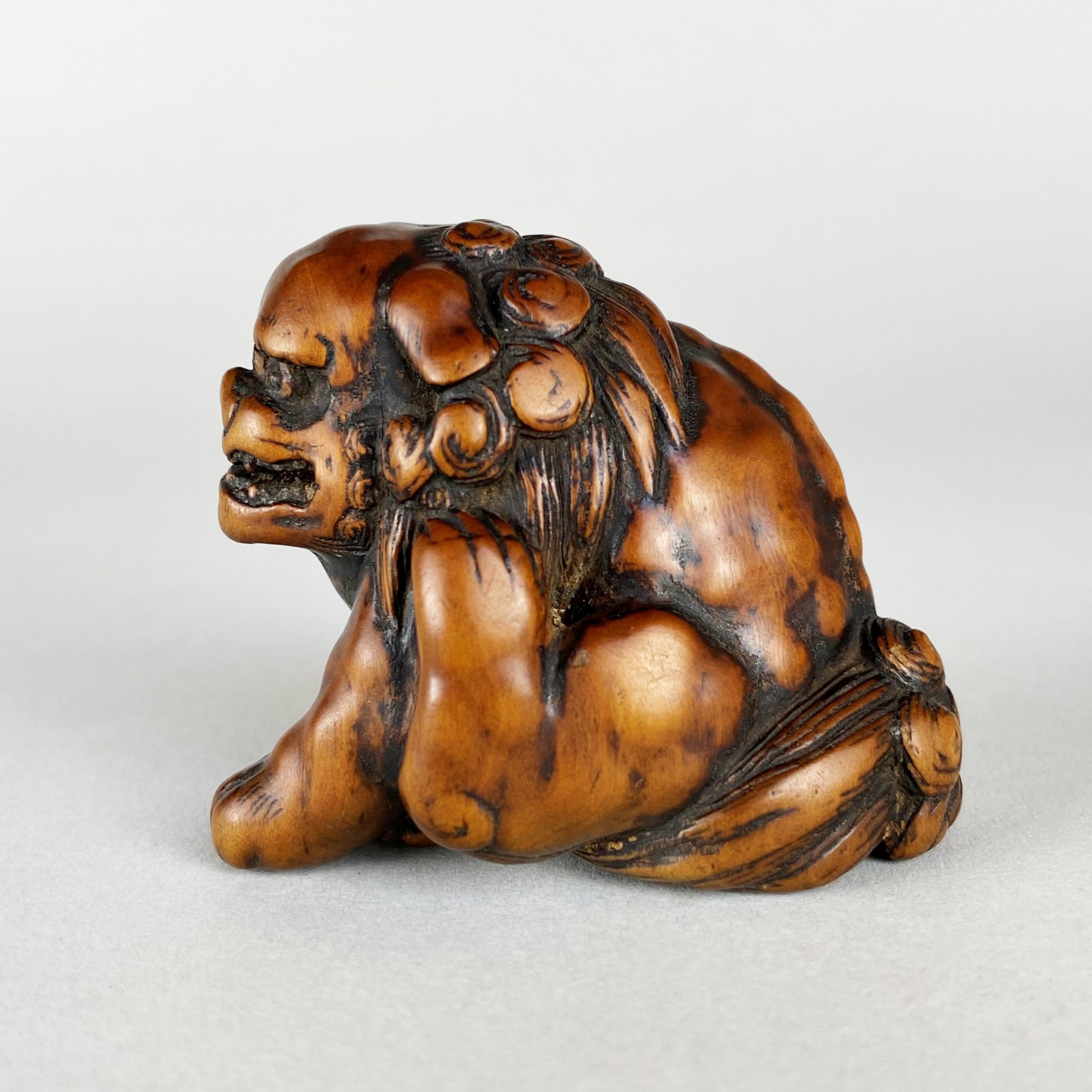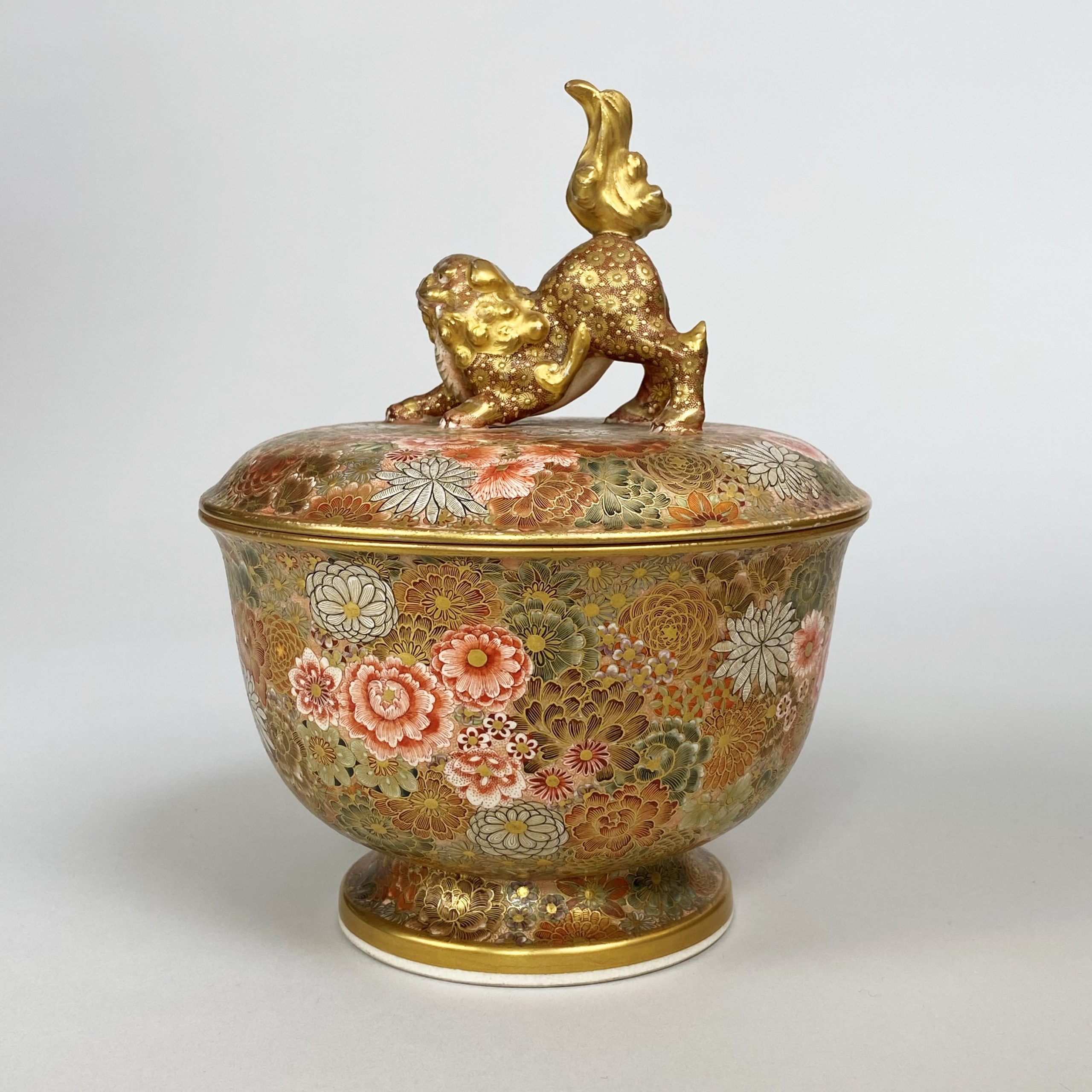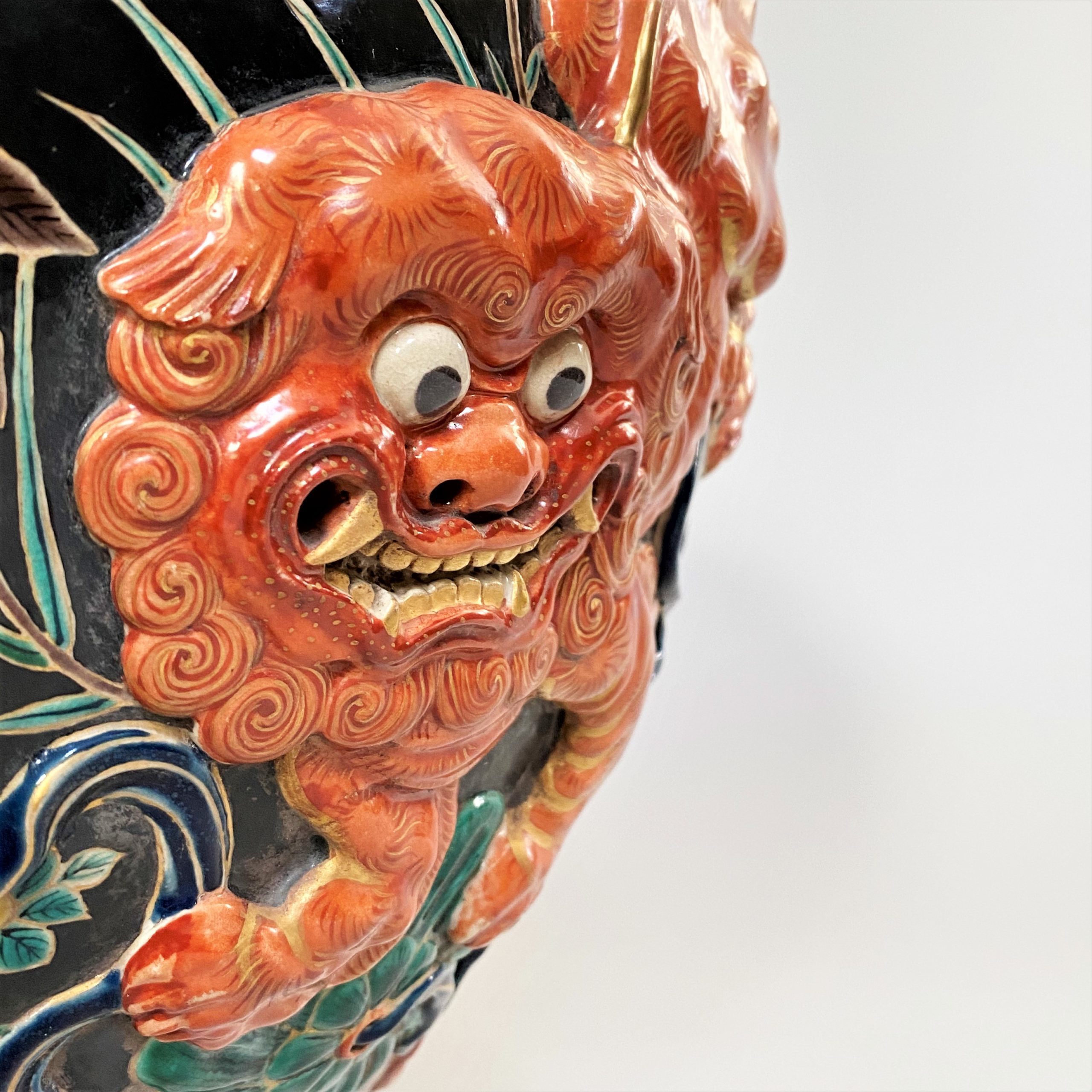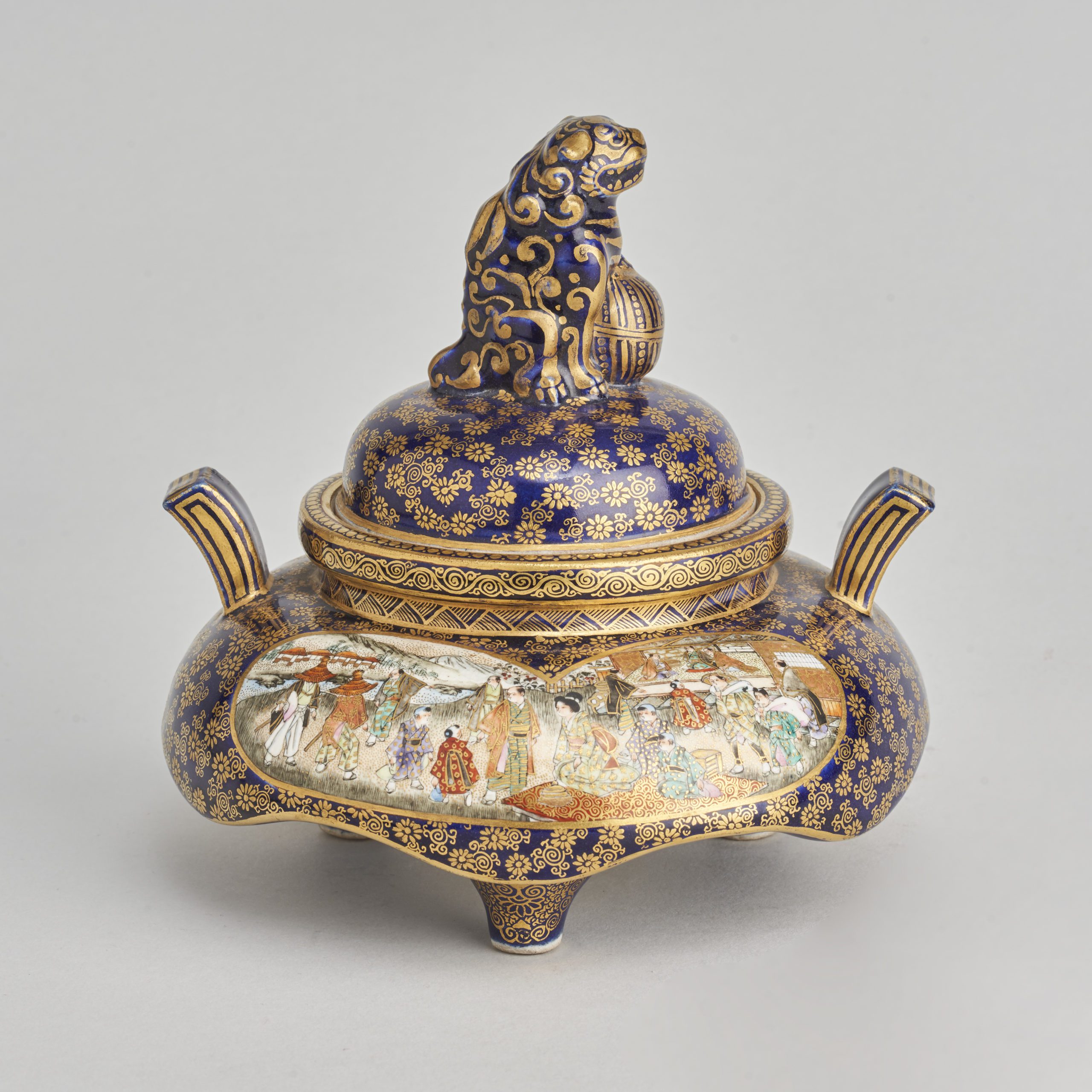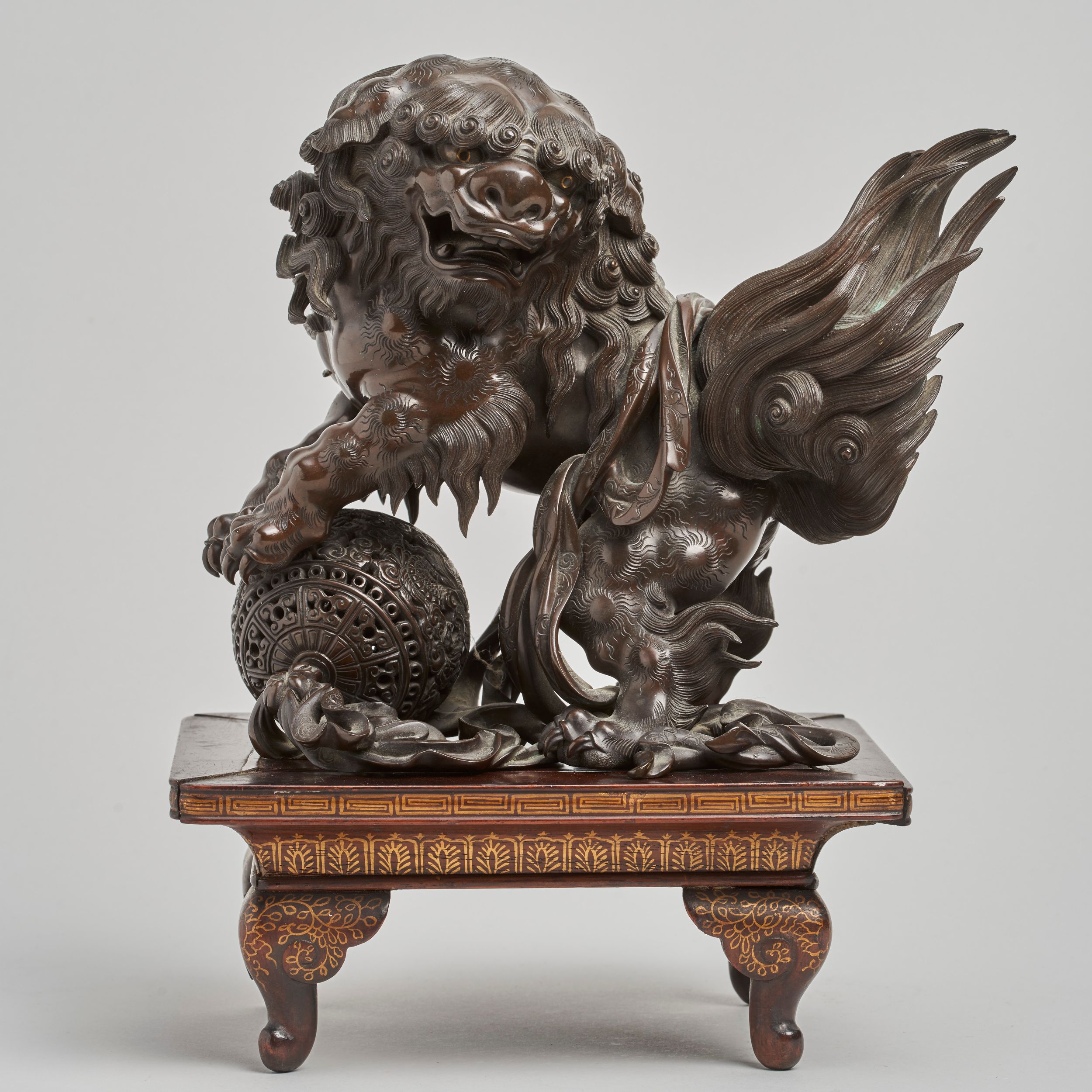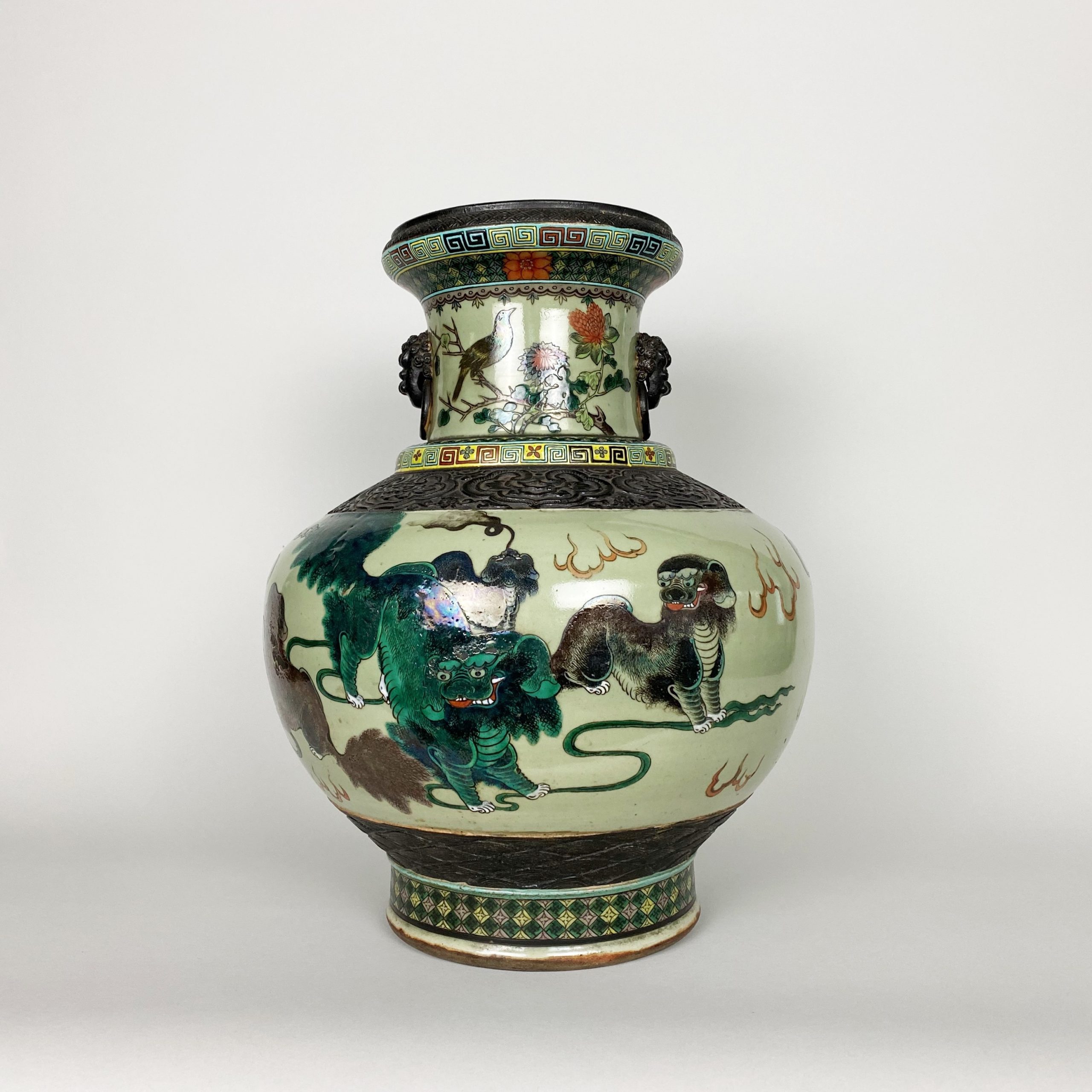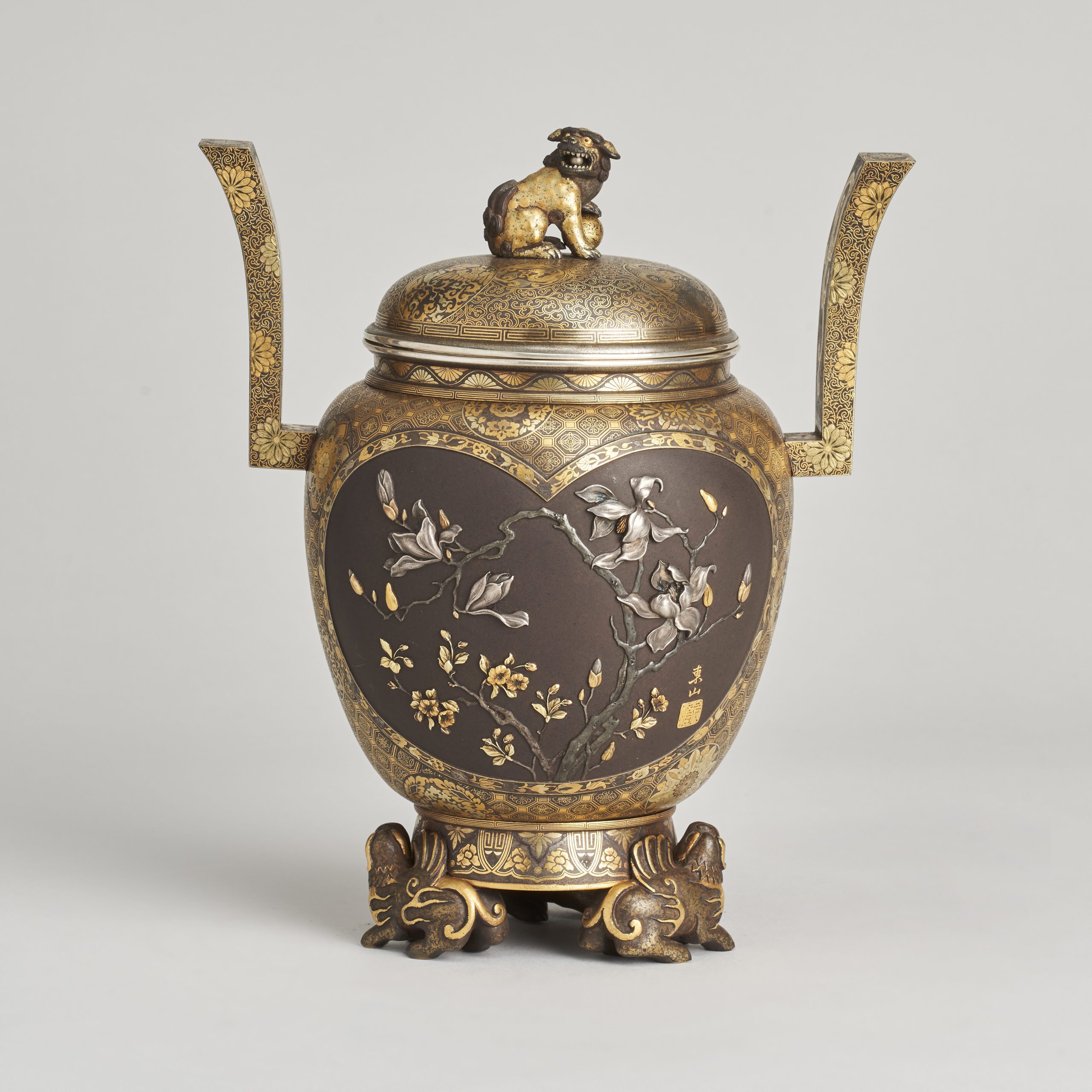In the latest of our short-reads about the Stories behind the art, we take a look at the origin, symbolism and beauty of the Lion Dog in Oriental Art. We hope you enjoy the read…
A charming male Lion Dog sitting on a fine Satsuma Koro
Depicted in many artworks across Asia and known by many names in the West, (Shishi, Shisa, Fu Dogs, Foo Dogs, Guardian Lions, Komainu and Lion Dogs) Lion Dogs all have a shared origin in Buddhism.
The Lion is the traditional protector of Buddha and is seen in some of the very earliest Indian carvings. One of the most famous depictions is the Lion Capital of Ashoka which dates from 250 BC and portrays Four Stone Guardian Lions. This iconic stone carving has gone on to become the emblem of India and if you look closely, you can see similarities in later depictions of Lion Dogs across South-East Asia.
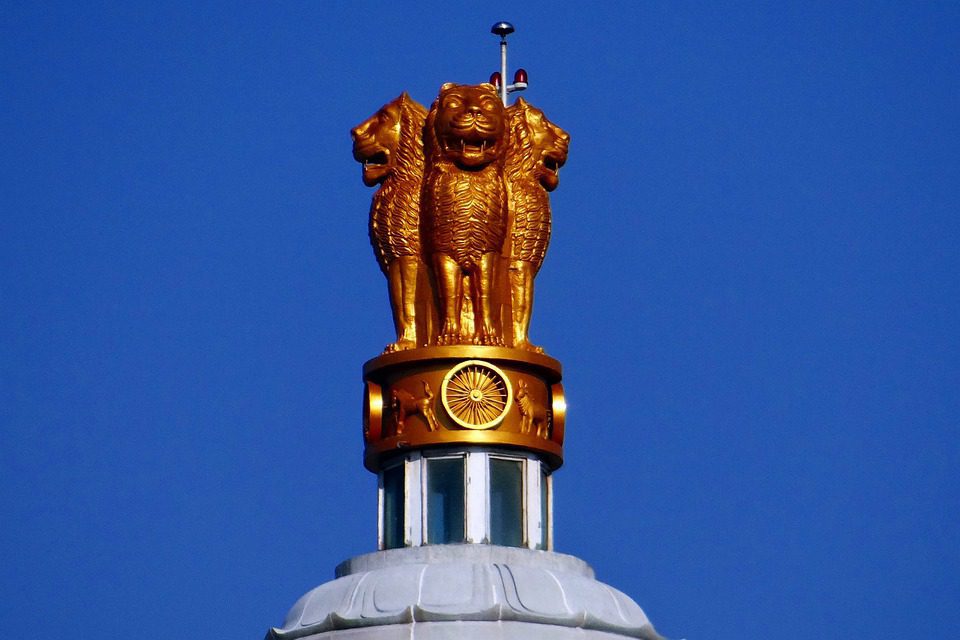
A depiction of the Lion Capital of Ashoka atop a Government building in India
The earliest examples of Lion Dogs in China date back to the Han Dynasty, (221BC to 200AD). As Lions are not native to China, it is believed that knowledge of them is believed to have travelled along the Silk Road. On rare occasions, actual live Lions were gifted to the Chinese Royal Courts by emissaries from Central Asia but it would be incredibly rare for artists or tradespeople to see these great creatures in the flesh and it is this that likely explains the slightly dog-like appearance of these Guardian Lions.
A great 19th Century Famille verte vase
Despite their canine look, Guardian Lions are not referred to as Lion Dogs in China. They are “Shi”, which simply translates as Lion. A stone Lion is a “Shishi” and a Bronze Lion is “Tongshi”. Nomenclature can also be determined by the qualities that a specific Lion is thought to represent. So a fortuitous Lion is a “Fushi” and the Lion of Buddha is “Foshi”.
The Chinese Han emperors associated the qualities of good luck, success, companionship, fortune and protection with the Lion as well as its obvious majestic strength, and so it became an important symbol which adorned their tombs. Often a large imposing pair was placed the entrance to a shrine or tomb to act as guardians.
During the Han and Tang dynasties the pairs of lions were usually identical. They would often be depicted with an ornate collar or necklace to denote that they had been tamed. It was during the Song dynasty, (which saw the rise of neo-Confucianism and Yin and Yang – a much more binary and structured belief system), the depiction of the lions changed to male and female forms.
As with many Buddhist creatures and Deities, Lions had previously been transient and genderless but they now came to represent opposing but balancing forces.
Song and post Song dynasty lions are easily spotted, the males (always on the right) will usually have their foot resting on a ball (representing the orderly world) and the females (always on the left) will have their foot on a playful cub (representing chaos and nurture accurately with a new born child).
Although it is more common in Japanese Lions, the Chinese examples will sometimes have the male with an open mouth and the female with a closed mouth this represents the sacred Buddhist word ‘Om’ and beginning and end of all things. They are also occasionally seen with a movable ball in their mouths, which although it can roll freely cannot be removed, these are sometimes said to be earthquake detectors. Though the fact they can only be triggered by an earthquake happening seems to deify the point of detecting them, so it is more likely for decoration.
A Lion dog with ball in its mouth, sitting atop a masterful Iron and multi-precious metal Censer
Over time, the image of the Lion evolved alongside fashions and art and became more mythical and even more dog like in appearance, so when exported to the West they were known as Lion Dogs, Fo Dogs or Shishi dogs. The dog breeds Chow-chow (translates as Puffy lion dog) and Pekingese (Lion Dog) are both named after their resemblance to the statues.
Today they are a hugely popular symbol in China and are seen outside, temples, government offices, supermarkets, restaurants and people’s homes, it is still widely believed they have powerful protective benefits. They are also often seen as decorative items, for example as vase handles and finials and depictions in paintings, silks or ceramic decoration, even toys! The Lion dog dance is an important and much anticipated part of Chinese New Year celebrations.
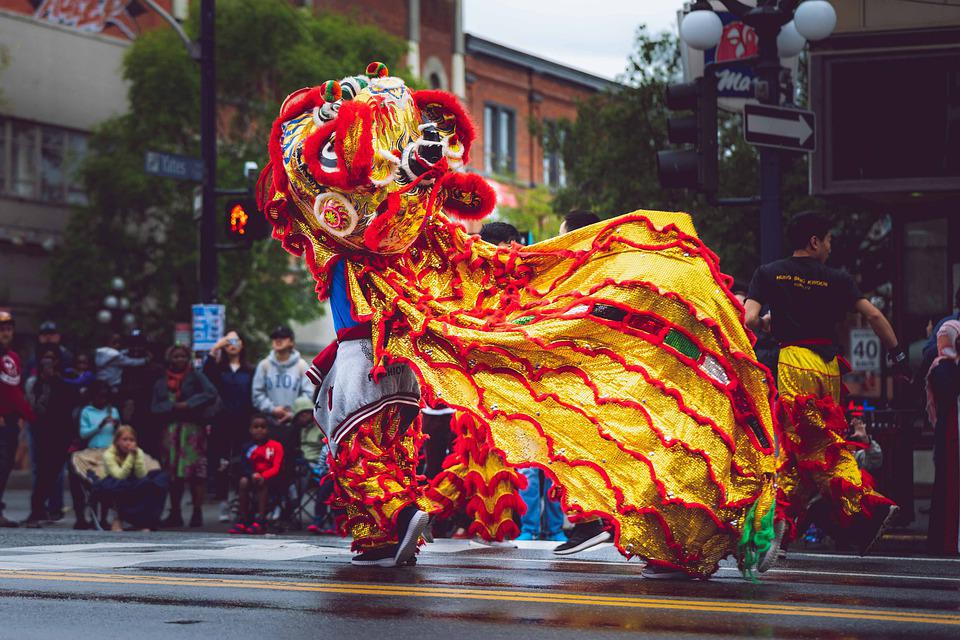
A Lion Dog dance as part of the Chinese New Year festivities in Canada.
Here are a few of our favourite pieces from our website that depict of feature Lion Dogs. (Click on each image for more information.)
A fine Japanese Satsuma Koro (Circa 1880)
An amusing box wood Netsuke depicting a boy wearing a Lion Dog mask (SOLD)
A vibrant Famille verte vase (Chinese 19th Century)
A beautiful 18th Century Netsuke depicting a Komainu enjoying a scratch
A Mille Fleur Satsuma Covered bowl
A brilliant (and very large) three dimensional vase with Lion Dog decoration (SOLD)
An unusual Satsuma Koro (Japanese, Circa 1880)
A playful Japanese Bronze Okimono depicting a Lion Dog (Miyao Company)
A large, 19th Century Chinese famille verte vase
A Masterful late 19th Century iron and multi metal incense burner
We hope you enjoyed the read. For more stories and short-reads inspired by our collection of Chinese and Japanese Fine Art and Antiques, visit our News and Blog page.

